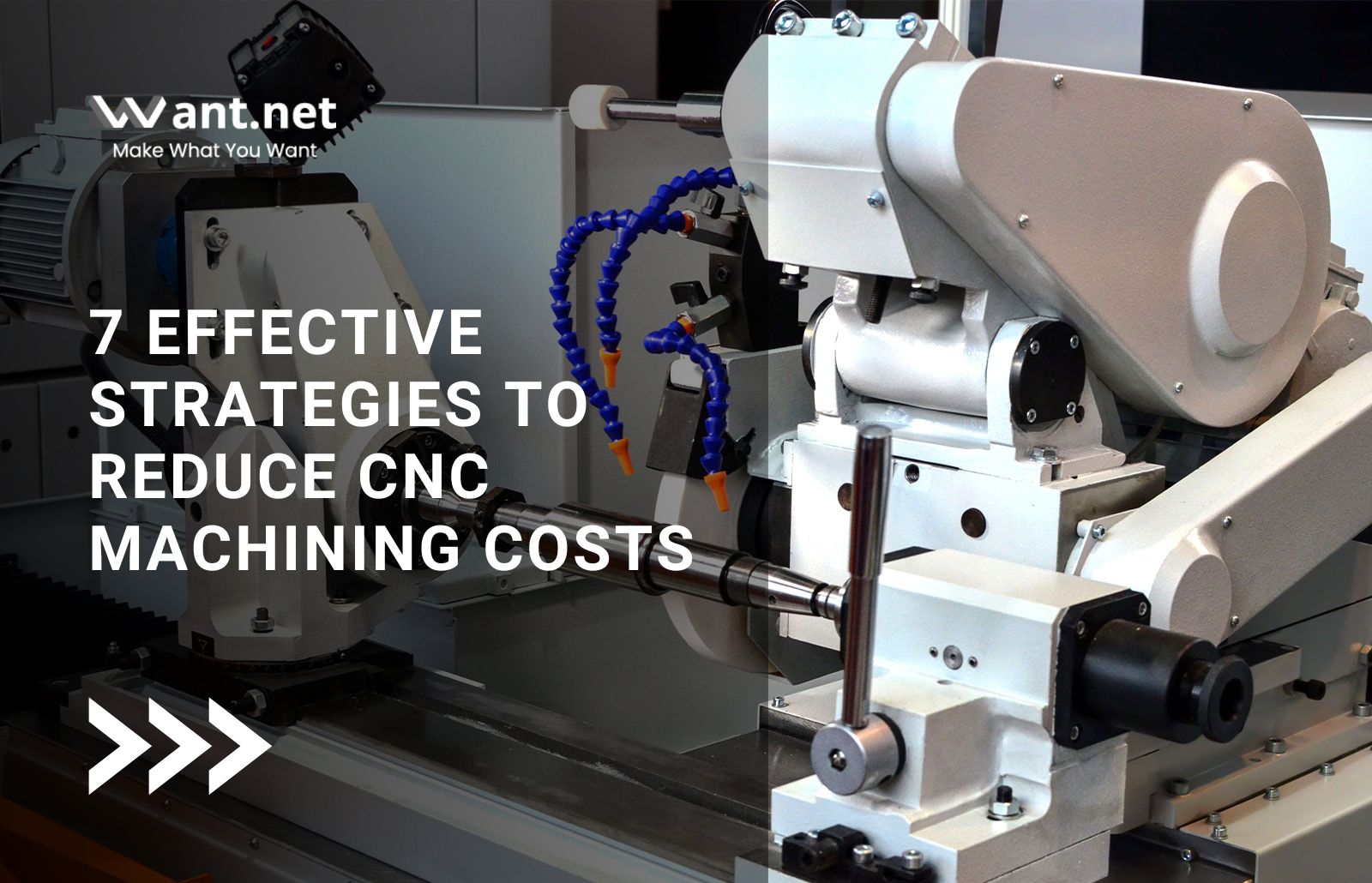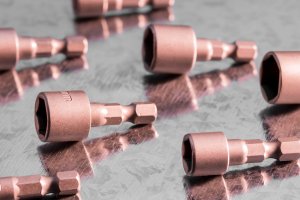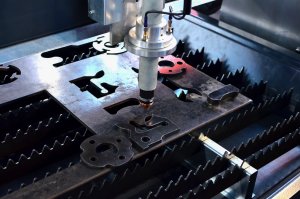CNC machining has revolutionized the manufacturing industry with its precision and efficiency, but it can also come with a high price tag. As a business owner or manufacturer, finding ways to reduce costs in CNC machining is crucial to maintaining a competitive edge in the market. In this article, we’ll explore various strategies to help you lower your CNC machining costs.
Understanding CNC Machining
Before we dive into cost-saving strategies, let’s first understand what CNC machining is. CNC stands for Computer Numerical Control, and it involves using computer-controlled machines to create precise parts from a variety of materials. CNC machines can perform a range of tasks, including drilling, cutting, milling, and turning. The process involves feeding a design file into the CNC machine, which then uses its pre-programmed instructions to create the desired part.
Cost-Saving Strategies
1. Design Optimization
The first step in reducing CNC machining costs is optimizing your design for manufacturing. This involves designing parts that are easy to machine and require minimal post-processing. When designing your part, consider the material you’re using, the tolerances required, and the machine’s capabilities. It’s also important to avoid over-engineering parts, as this can lead to unnecessary complexity and higher costs.
Recommended Read: The Power of CAD/CAM in CNC Machining
2. Material Selection
Choosing the right material for your part is crucial to reducing CNC machining costs. Different materials have varying costs, and some are more difficult to machine than others. For example, titanium is a popular material for high-performance parts but can be costly to machine. On the other hand, aluminum is a more affordable option that is easier to machine.
3. Machine Selection
Selecting the right machine for your part can also help reduce costs. Different CNC machines have different capabilities and costs, so it’s important to choose the machine that is best suited for your part. For example, if you’re machining a simple part with few features, a 3-axis machine may be sufficient. However, if you’re machining a complex part with multiple features, a 5-axis machine may be necessary.
Recommended Read: 5 CNC Machining Techniques You Need to Know
4. Tooling Optimization
Tooling optimization is another important strategy for reducing CNC machining costs. This involves selecting the right tools for your part and using them efficiently. Choosing the right cutting tools can help reduce tool wear and increase machining speeds, resulting in lower costs. It’s also important to regularly maintain and replace your cutting tools to ensure they are working at their best.
5. Batch Processing
Batch processing involves machining multiple parts at once, which can help reduce CNC machining costs. This is because the machine can continue running without the need for constant setup changes. However, it’s important to consider the costs of holding inventory and storage space for the parts.
6. Outsourcing
Outsourcing your CNC machining needs can also help reduce costs. Outsourcing allows you to take advantage of specialized equipment and expertise without the need for upfront capital investment. It’s important to choose a reputable CNC machining service that has a proven track record of quality and reliability.
7. Automation
Automation is becoming increasingly popular in CNC machining and can help reduce costs by eliminating the need for human intervention. Automation can also improve efficiency and reduce lead times. However, the upfront costs of implementing automation can be high, so it’s important to carefully weigh the costs and benefits before making a decision.
Recommended Read: The Future of CNC Machining: Automation and Robotics
Real-Life Examples
Let’s look at a real-life example of how optimizing design can help reduce CNC machining costs. A manufacturer was machining a part that required multiple setups and post-processing operations. By redesigning the part and simplifying its features, the manufacturer was able to reduce the number of setups and eliminate the need for post-processing, resulting in a 30% cost savings.
Another example involves material selection. A manufacturer was machining a part from titanium, which was expensive and difficult to machine. By switching to aluminum, the manufacturer was able to reduce the material costs by over 50% and also reduce the machining time by 25%. This resulted in a significant cost savings while still maintaining the required part quality.
Outsourcing is another effective strategy for reducing CNC machining costs. For example, a small business needed to produce a complex part but did not have the funds to invest in a 5-axis machine. By outsourcing the machining to a reputable CNC machining service, the business was able to produce high-quality parts at a fraction of the cost of purchasing a machine.
Optimizing CNC Machining Processes for Cost-Effective Production
There are many strategies for reducing CNC machining costs, including design optimization, material selection, machine selection, tooling optimization, batch processing, outsourcing, and automation. By carefully considering these strategies and implementing them in your manufacturing process, you can reduce your CNC machining costs while still maintaining the required part quality.
Remember, reducing costs is not just about cutting corners or sacrificing quality. It’s about finding ways to optimize your manufacturing process to reduce waste, increase efficiency, and improve profitability. By adopting a continuous improvement mindset and incorporating these cost-saving strategies, you can position your business for long-term success in the competitive manufacturing industry.
Learn more CNC machining knowleadge here.








